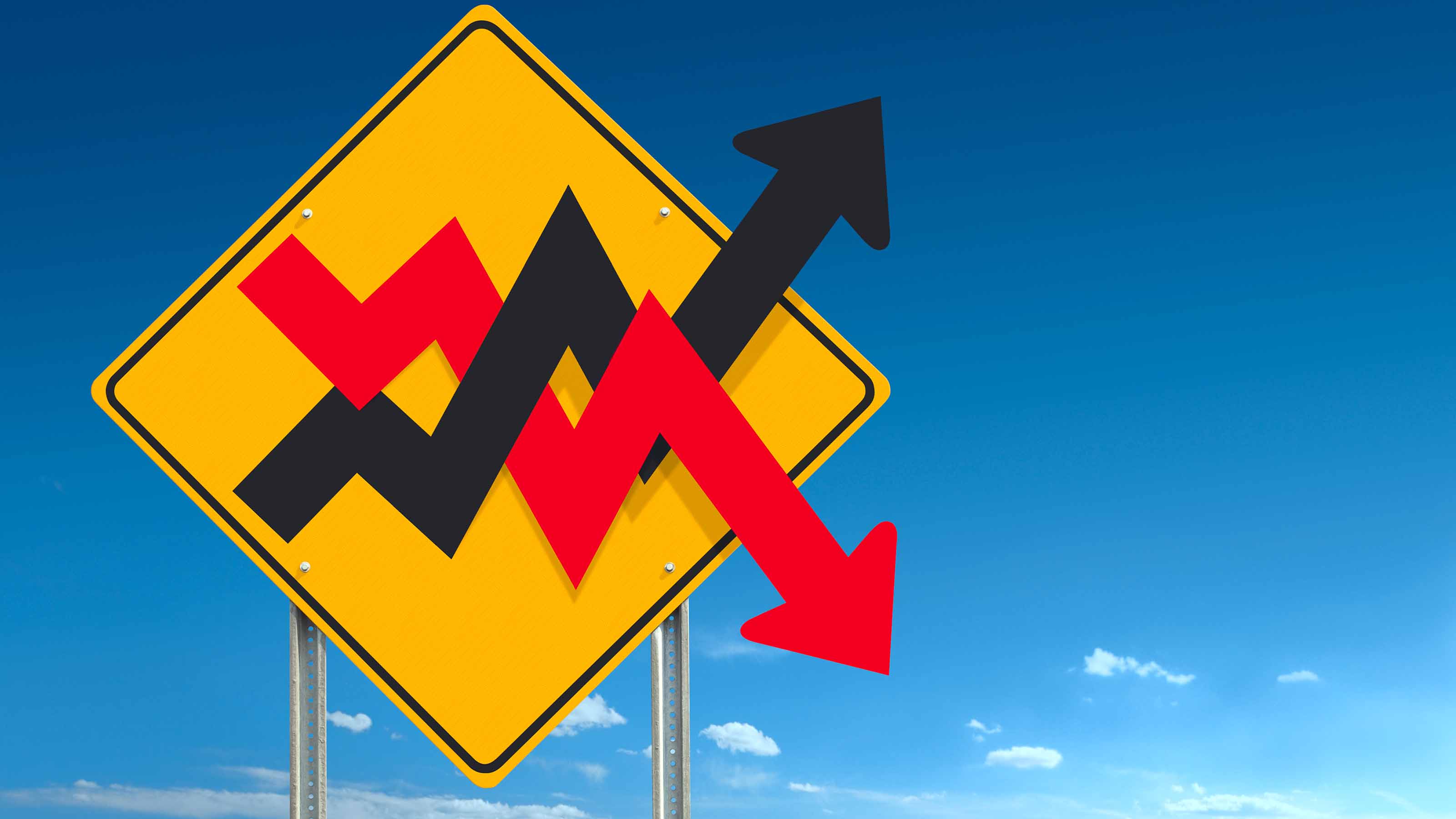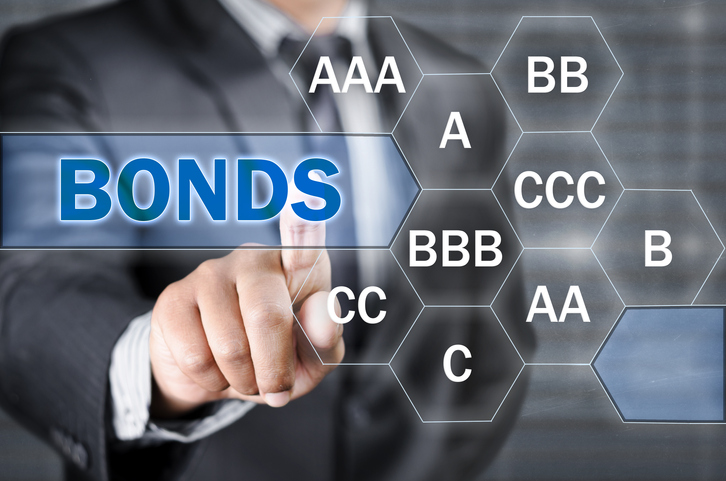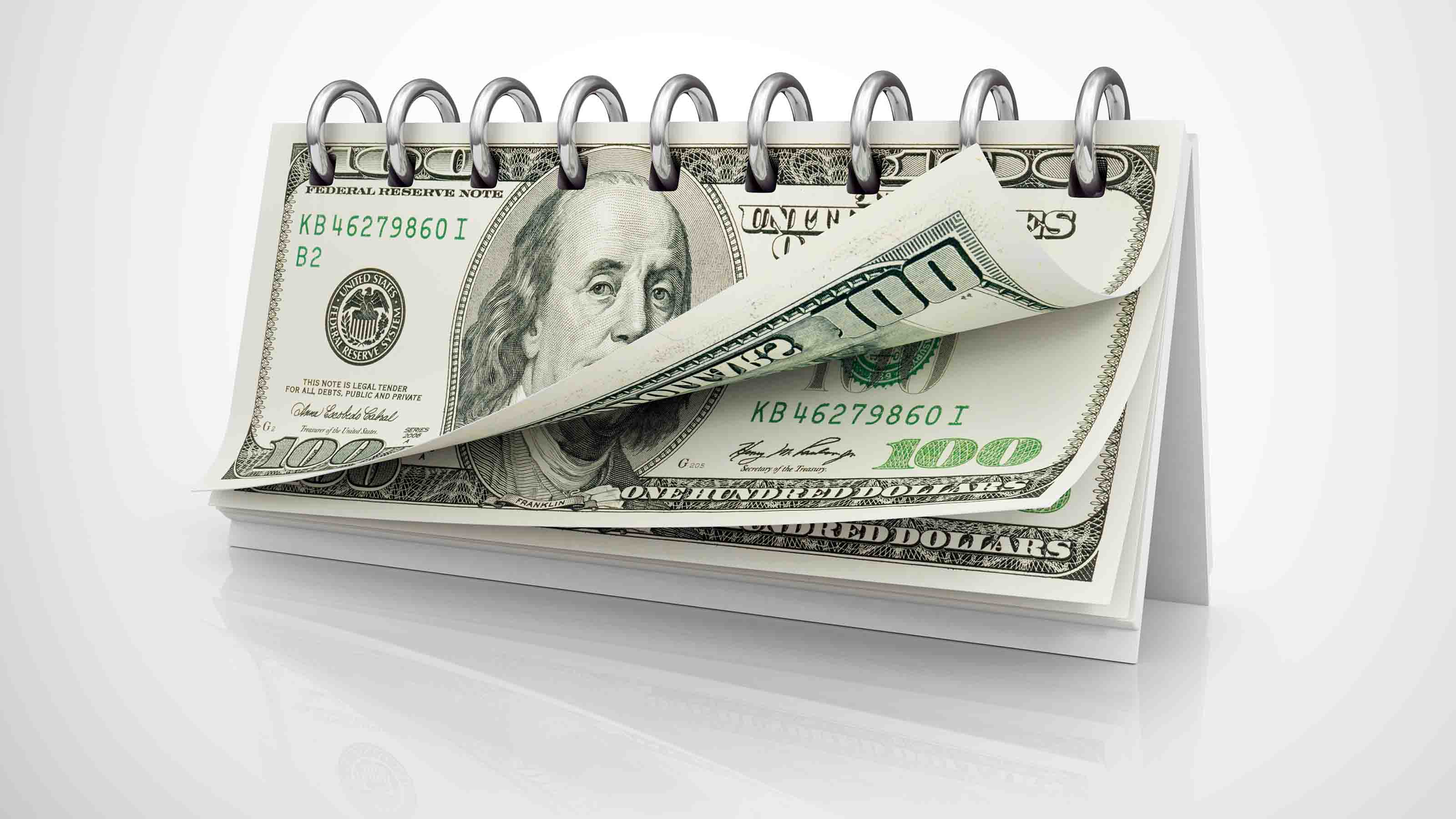Our No-Stock Investment Portfolio
For investors with no taste for common stocks, we’ve updated our investing recipe for Tofurky.

Our annual Tofurky feast is rapidly approaching. That’s the time of the year when we present a portfolio that offers the potential of stock-like returns but does so without holding any common stocks. I call it the Tofurky portfolio, after the ersatz Thanksgiving roast, a concoction of tofu and wheat protein.
I assembled our first Tofurky package two years ago, in the midst of the great financial crisis and accompanying bear market. It was my response to the reaction of many shell-shocked investors who vowed that they would never again own stocks. I didn’t believe then -- and still don’t believe now -- that you should permanently redline an entire asset class. But I certainly sympathized with investors who saw shares of sound companies get crushed mercilessly day after day, regardless of whether the pounding was deserved.
So, I designed the Tofurky portfolio. It is composed entirely of common-stock alternatives, including bonds, preferred stocks, gold, energy, commodities and whatever else is timely (see The 2008 No-Stock Portfolio).
From just $107.88 $24.99 for Kiplinger Personal Finance
Become a smarter, better informed investor. Subscribe from just $107.88 $24.99, plus get up to 4 Special Issues

Sign up for Kiplinger’s Free Newsletters
Profit and prosper with the best of expert advice on investing, taxes, retirement, personal finance and more - straight to your e-mail.
Profit and prosper with the best of expert advice - straight to your e-mail.
Tofurky tasted great in 2009 (see How Our No-Stock Portfolio Fared in 2009) and has been pretty palatable in 2010, too. That’s not surprising, given that bond prices have advanced smartly and prices of natural resources have zoomed. The stock-free portfolio returned 23% in its first year of existence and, after I made a few tweaks a year ago, gained 8% in the second year through November 17.
This time, the potential opportunities aren’t so generous. Yields are so low that the risks of owning bonds are much higher than are the rewards. The price of gold has doubled in barely more than three years. Oil, industrial-metal and grain prices are also elevated. Stocks, too, have recovered. Their prices are back to their levels before the 2008 crash. Still, Kiplinger’s expects stocks to be one of the best areas to invest in over the coming year.
But now that I’ve established Tofurky as a Thanksgiving tradition, I can’t just take it off the menu. So, for committed no-stock investors, here are my suggestions for 2011:
Bonds: 45%
Bonds return the most when interest rates are falling and both the economy and the creditworthiness of borrowers are improving. The current post-recession cycle, with its low appetite for credit, is not typical. Still, interest rates could rise quickly if the economy starts to generate substantially more jobs. That would hurt bond returns (bond prices move in the opposite direction of interest rates). I think long-term rates will head up a bit over the coming year, but the jump will be limited -- probably no more than a percentage point. And I don’t expect a big rise in defaults among corporate bond issuers. So in 2011, I suggest that you spread your bond money equally among three categories:
• High-yield corporate bonds: 15%
The best way to invest in junk bonds is through a low-cost mutual fund run by an experienced manager. Even if these risky bonds don’t appreciate in the year ahead, you’ll collect a yield of about 6% to 7%. Plus, junk funds should be fairly immune to a moderate, gradual rise in interest rates. A good choice is T. Rowe Price High Yield (symbol PRHYX).
• Build America Bonds: 15%
The feds pay 35% of the interest costs for these long-term, taxable municipal bonds. BABs are less speculative than a lot of tax-free bonds -- a comfort if you’re fearful about the health of state and local governments. The bonds are backed by either general tax revenues or revenues from essential public services, such as highway tolls and water-and-sewer fees. And because of the federal interest subsidy, BABs usually yield more than 5%. PowerShares Build America Bond Portfolio (BAB), an exchange-traded fund, works if you’d rather not hold individual bonds. A moderate rise in interest rates would nick the fund but wouldn’t cause as much damage as it would to a portfolio of Treasury bonds.
• Intermediate-maturity investment-grade corporate bonds: 15%
Look for yields of about 5% on noncallable bonds rated triple-B or better and maturing in seven to 15 years. Among issuers worth considering are Bank of America, SunTrust Banks and Spectra Energy. If you prefer the fund route, consider Vanguard Intermediate-Term Investment-Grade Bond Fund (VFICX).
Oil and gas: 20%
Buying oil-and-gas royalty trusts and master limited partnerships is the easiest way to earn income from energy production and transportation. However, shares of individual trusts and MLPs track stocks too closely, so we can’t serve them with Tofurky. So invest as follows:
• iPath S&P GSCI Crude Oil Total Return (OIL): 10%
This exchange-traded note is the best way for the typical individual to invest in a product that tracks the movement of crude-oil prices. “Total return” is a misnomer, though, because the ETN doesn’t produce dividends. Note: An ETN is essentially a debt instrument, putting you at risk if its issuer goes belly up.
• United States 12-Month Natural Gas (UNL): 10%
This ETF owns futures contracts that expire along a 12-month time frame. That helps address the short-term futures-trading troubles that undermined some other energy ETFs.
Other commodities: 20%
Yes, wheat and corn and copper are so pricey that you might want to bet against them -- or buy a farm. But not so fast: If you subscribe even partly to the notion that faster global growth will keep boosting the prices of food and raw materials, you can still make a case for these commodities. Take advantage of new and liquid ways to invest in this area:
• PowerShares DB Agriculture Fund (DBA): 10%
This ETF moves up and down with an index that includes the prices of corn, soybeans, wheat, cattle, hogs, coffee and sugar.
• PowerShares DB Base Metals Fund (DBB): 10%
A sibling of the ag ETF above, this one tracks the prices of copper, aluminum and zinc, with each metal playing an equal role.
Preferred stocks: 10%
Preferreds are a cross between common stocks and bonds. They trade like stocks and pay a high, fixed dividend. A company must cut its common-stock payout before it starts messing with preferred dividends, although bond holders have higher standing than preferred holders if a company fails. Expect most preferreds to yield about 7%. That’s similar to what you can expect from high-yield bonds, but most preferred issuers have stronger credit ratings than junk issuers. If you don’t want to pick your own issues, use iShares S&P U.S. Preferred Stock Index Fund (PFF).
Gold: 5%
Buy it any way you want it -- our annual best list calls iShares Gold Trust (IAU), an ETF, the best way to invest in the metal (see Best of Everything 2010: Best Investments). Just don’t ask me to take sides in the great debate about whether gold’s price is silly or justified. Think of gold as dessert at the end of your Thanksgiving feast.
Profit and prosper with the best of Kiplinger's advice on investing, taxes, retirement, personal finance and much more. Delivered daily. Enter your email in the box and click Sign Me Up.

Kosnett is the editor of Kiplinger Investing for Income and writes the "Cash in Hand" column for Kiplinger Personal Finance. He is an income-investing expert who covers bonds, real estate investment trusts, oil and gas income deals, dividend stocks and anything else that pays interest and dividends. He joined Kiplinger in 1981 after six years in newspapers, including the Baltimore Sun. He is a 1976 journalism graduate from the Medill School at Northwestern University and completed an executive program at the Carnegie-Mellon University business school in 1978.
-
 CD Maturing Soon? Here's What to Do Next
CD Maturing Soon? Here's What to Do NextThese strategies of what to do when you have a CD maturing soon will have you maximizing returns even with rate cuts.
-
 How to Make 2026 Your Best Year Yet for Retirement Savings
How to Make 2026 Your Best Year Yet for Retirement SavingsMake 2026 the year you stop coasting and start supercharging your retirement savings.
-
 You Saved for Retirement: 4 Pressing FAQs Now
You Saved for Retirement: 4 Pressing FAQs NowSaving for retirement is just one step. Now, you have to figure out how to spend and maintain funds. Here are four frequently asked questions at this stage.
-
 The Most Tax-Friendly States for Investing in 2025 (Hint: There Are Two)
The Most Tax-Friendly States for Investing in 2025 (Hint: There Are Two)State Taxes Living in one of these places could lower your 2025 investment taxes — especially if you invest in real estate.
-
 The Final Countdown for Retirees with Investment Income
The Final Countdown for Retirees with Investment IncomeRetirement Tax Don’t assume Social Security withholding is enough. Some retirement income may require a quarterly estimated tax payment by the September 15 deadline.
-
 Why Investors Needn't Worry About U.S. Credit Downgrade
Why Investors Needn't Worry About U.S. Credit DowngradeFitch Ratings The United States saw its credit rating downgraded for just the second time in history, but experts aren't worried about the long-term damage to stocks.
-
 Income-Investing Picks for a Recession
Income-Investing Picks for a RecessionInvesting for Income Some consequences of an economic downturn work to the benefit of fixed-income investors. Here are three fund ideas that fit the bill.
-
 Dogs of the Dow Are 2022's Best in Show
Dogs of the Dow Are 2022's Best in Showdividend stocks Some of the best investments for income investors in a volatile 2022 have come from the Dogs of the Dow.
-
 Bond Values in a Volatile Market
Bond Values in a Volatile MarketInvesting for Income While the market's instability may not be over just yet, the latter half of the year should be less daunting – and possibly more rewarding – for investors.
-
 Should You Buy Bonds Now? What To Consider
Should You Buy Bonds Now? What To Considerbonds The fixed-income market has been turned on its head in recent years, but there are still opportunities for those looking to buy bonds again.
-
 Dividend Dates: A Beginner's Guide
Dividend Dates: A Beginner's Guidedividend stocks Everything you need to know about ex-dividend dates, dividend announcements and other parts of the dividend calendar.